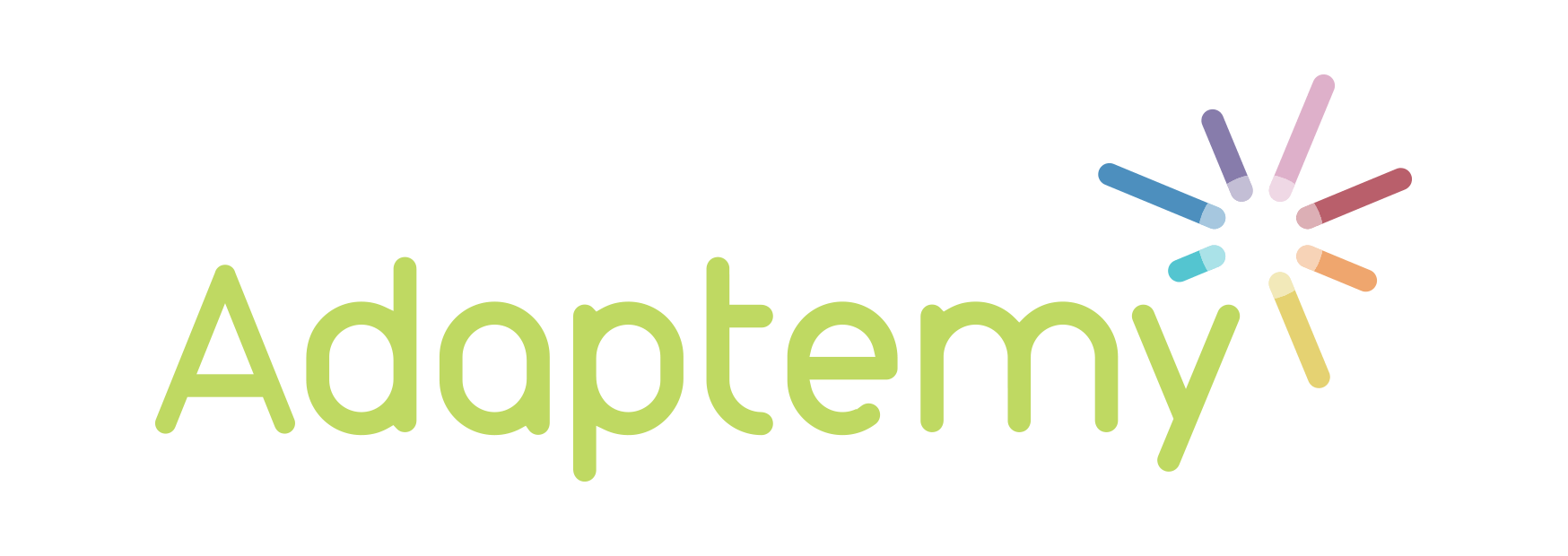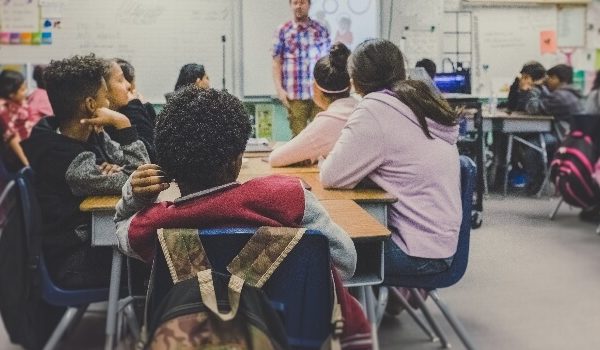Engaging students and empowering teachers are the two most important goals of any EdTech solution. I have discussed the latter at length in previous posts, but the true meaning of student engagement and the ways in which it is facilitated by using technology in the classroom must also be understood in order to get the most from digital solutions.
Student engagement may be defined as “the degree of attention, curiosity, interest, optimism, and passion that students show when they are learning”, and understanding this concept is key to delivering improved learning outcomes and fulfilling the fundamental purpose of education. This post will explore the ways in which using EdTech solutions inspires students to become more attentive, curious, interested, optimistic, and passionate about their individual learning journeys.
Introducing novelty into the classroom is one of the best-established ways of inspiring student curiosity, and as such the innovative and exciting nature of EdTech ensures that students remain engaged at all times. Getting students involved in choosing and implementing new digital classroom solutions ensures that they will begin to question the nature of their own learning, and students who are used to using technology in the classroom will seek to learn more about new types of technology. Student curiosity is facilitated by basic digital skills that allow every student to engage with new technology in a new setting without becoming confused or falling behind.
Students also remain engaged when using EdTech because good digital solutions create passionate learners who take control of their own education. Traditional classes usually involve one educator providing content and feedback to at least 20 passive students who have little to no influence over this process. In contrast, students whose classrooms include digital solutions can decide which types of technology best fit their needs and voice their opinions in an environment that revolves around what they have to say. The central role of students in integrating EdTech into the classroom encourages students to become passionate about their learning journeys, and this process is a vital aspect of student engagement.
Adaptive learning is a prime example of how EdTech engages students by increasing their levels of motivation and optimism. One important feature shared by all adaptive learning technologies is their ability to provide every student with content that is appropriate but challenging for their ability level. This prevents weaker students from becoming discouraged and stronger students from becoming bored, which often happens in traditional classes with a one-size-fits-all approach. Students who are confident in their ability to complete challenging tasks learn to view their education in a more positive light, ensuring that they remain focused and engaged.
A second way in which adaptive learning technologies boost student optimism is by providing personalised feedback on the basis of student performance. In particular, Adaptemy indicates whether each answer is correct or incorrect in real time and presents worked solutions when needed. This process keeps students motivated and allows any confusion to be resolved before another concept is attempted, ensuring that no student ever becomes discouraged or loses engagement. Additionally, feedback about each student’s long-term progress encourages engagement with the learning journey in a broader sense.
A further feature of adaptive learning technologies that contributes to student engagement is their ability to maintain student interest via teacher empowerment. Although, as mentioned above, empowering teachers is a discrete goal of all EdTech solutions, teacher empowerment is vital to student engagement because adaptive learning technologies are repersonalising education. This process involves providing teachers with real-time and long-term data about student performance, empowering them to direct their attention where it is needed most and tailor their teaching methods and lesson plans over time. The interest of each student is then captured by an educator who fully understands their needs and helps them to engage with the learning process.
EdTech in general facilitates continuity in education, and this feature ensures that student attention is never lost as a result of trivial distractions. The best EdTech solutions integrate seamlessly with traditional classes without disruption, and teachers can assign homework to be completed using EdTech so that students can pick up where they left off without becoming lost. As such, students continue to attend to each concept with no confusion or distractions. EdTech facilitates independent work by providing students with virtually infinite content, allowing them to practice as much as they like without having to repeat the same set of questions over and over. Students remain engaged when their learning continues uninterrupted across a range of settings, and EdTech helps to achieve this continuity.
Different aspects of digital classroom solutions are designed to promote the curiosity, passion, optimism, interest, and attention of each student. Each of these processes is vital to engaging students and providing them with the education that they deserve. Tweet us @adaptemy and let us know how EdTech engages your students!



